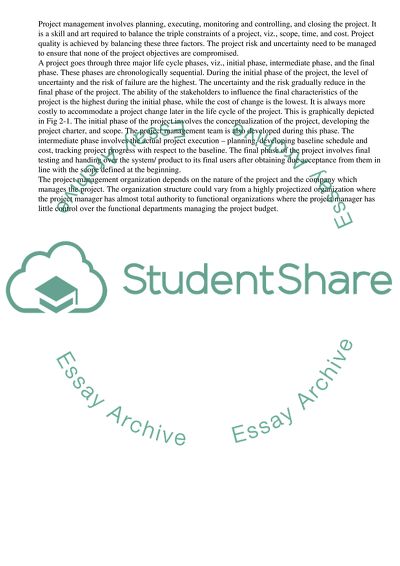Cite this document
(Project Life Cycle Coursework Example | Topics and Well Written Essays - 2320 words - 4, n.d.)
Project Life Cycle Coursework Example | Topics and Well Written Essays - 2320 words - 4. Retrieved from https://studentshare.org/management/1724303-project-management
Project Life Cycle Coursework Example | Topics and Well Written Essays - 2320 words - 4. Retrieved from https://studentshare.org/management/1724303-project-management
(Project Life Cycle Coursework Example | Topics and Well Written Essays - 2320 Words - 4)
Project Life Cycle Coursework Example | Topics and Well Written Essays - 2320 Words - 4. https://studentshare.org/management/1724303-project-management.
Project Life Cycle Coursework Example | Topics and Well Written Essays - 2320 Words - 4. https://studentshare.org/management/1724303-project-management.
“Project Life Cycle Coursework Example | Topics and Well Written Essays - 2320 Words - 4”. https://studentshare.org/management/1724303-project-management.


